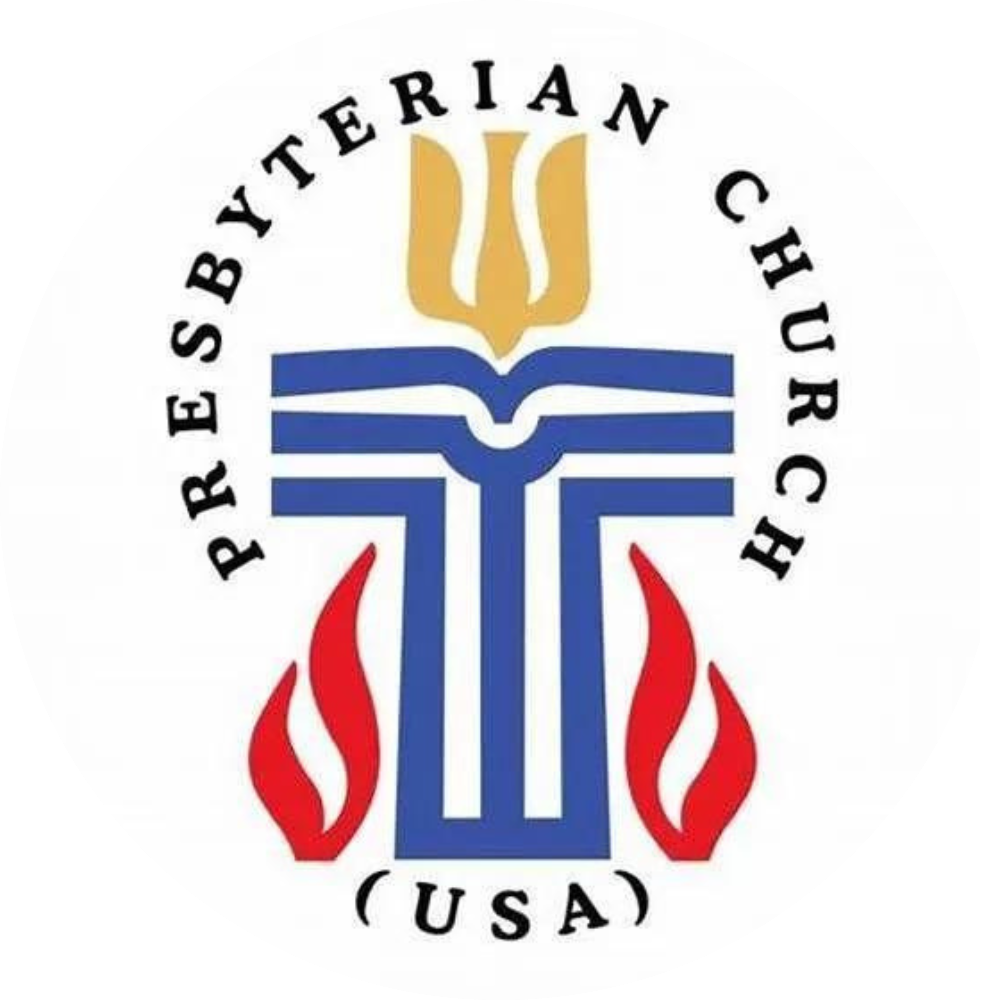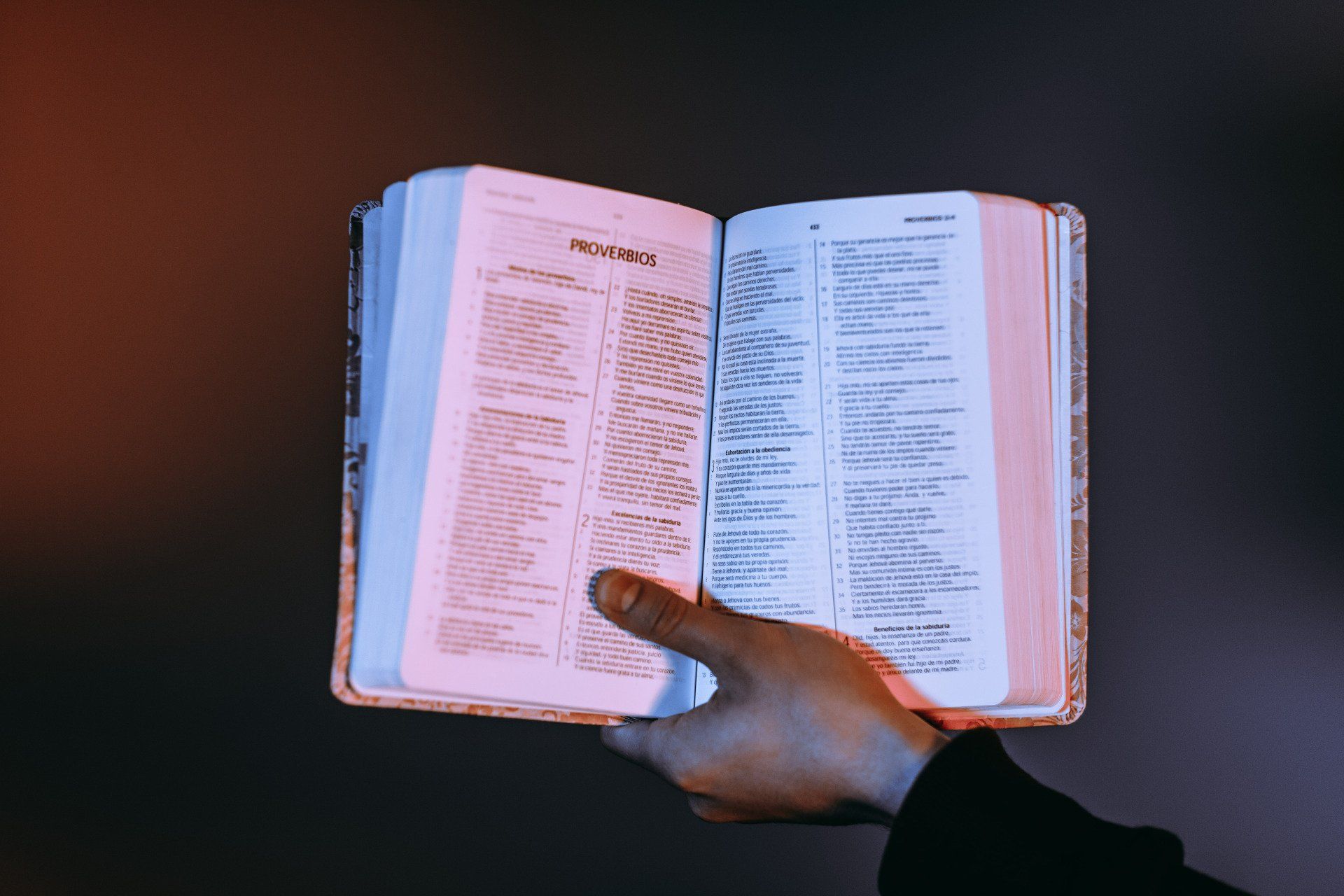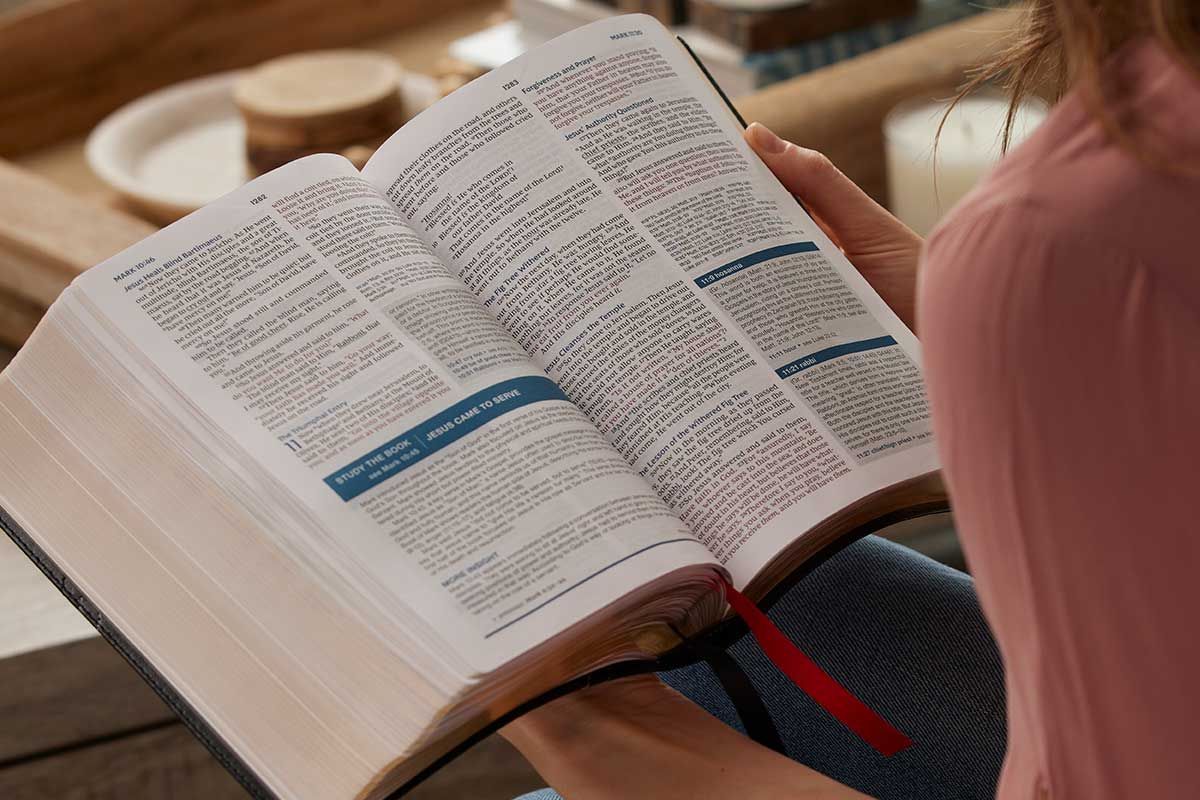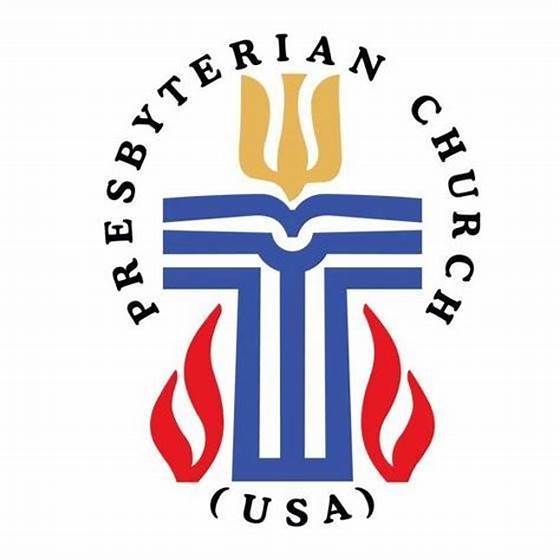
First Presbyterian Church of Mount Clemens
Exploring the Lenten Season Through a Prism of Colors
As we journey through the Lenten season, a time of reflection, repentance, and renewal, the First Presbyterian Church of Mount Clemens invites you to view this sacred period through a unique lens: the colors of Lent. Traditionally, the liturgical calendar associates specific hues with the season, each carrying profound meanings that can enrich our spiritual practices. This year, we've expanded the palette to include black, white, and orange, alongside the traditional colors, offering a broader spectrum of reflection.
The Colors of Lent:
- Black symbolizes our sin and the ashes from Ash Wednesday, reminding us of our mortality and the need for repentance.
- Green signifies new life and hope, a reminder of the redemption that comes through Christ.
- Orange represents youthfulness, vibrancy, and creativity, encouraging positivity and happiness in our faith journey.
- Purple reflects God's love, royalty, and the nobility of Jesus, the King of Kings.
- Blue denotes deep reflection, urging us to confront our darker side to clear the way for spiritual clarity, like the sky after the clouds have parted.
- Yellow illustrates the light within us and God's presence guiding us like the sunlight.
- Red emphasizes importance and sacrifice, honoring the martyrs of our faith and Jesus' ultimate sacrifice, as well as the descent of the Holy Spirit at Pentecost.
- White symbolizes Easter's joy, representing purity and the cleansing of our sins through Christ's sacrifice.
Praying with Colors:
To physically manifest this journey, we encourage you to create a string of beads in the colors mentioned above, culminating in a cross to symbolize resurrection and healing. This tangible representation serves as a tool for meditation and prayer, allowing each color to guide your reflections on the corresponding aspects of your faith and life.
The Cross:
The addition of a cross at the end of your string of beads is a powerful reminder of Jesus' resurrection and the hope it brings to a broken world. It's a call to remember the ultimate sacrifice made for us and the transformative power of Easter.
Embrace the Season:
This Lent, let's embrace the opportunity for growth and change that this season offers. By reflecting on the meanings behind these colors, we invite a fuller, more vibrant understanding of God's love and our journey toward redemption. Let the colors of Lent guide your prayers and meditations, enriching your spiritual journey toward Easter.
Join us in praying the colors of Lent this season, and may this practice bring depth and richness to your Lenten observance.


Office Hours
- Tuesday - 9 to 2 pm
- Wednesday - 10 to 3 pm
- Thursday - 10 to 3 pm
- Friday - 9 to 2 pm
Sunday Worship: 10 am
Summer Worship - June through First Sunday in September - 9:30 am
Office Phone: 1-586-465-0461
Office e-mail: office@fpcmtclemens.com



